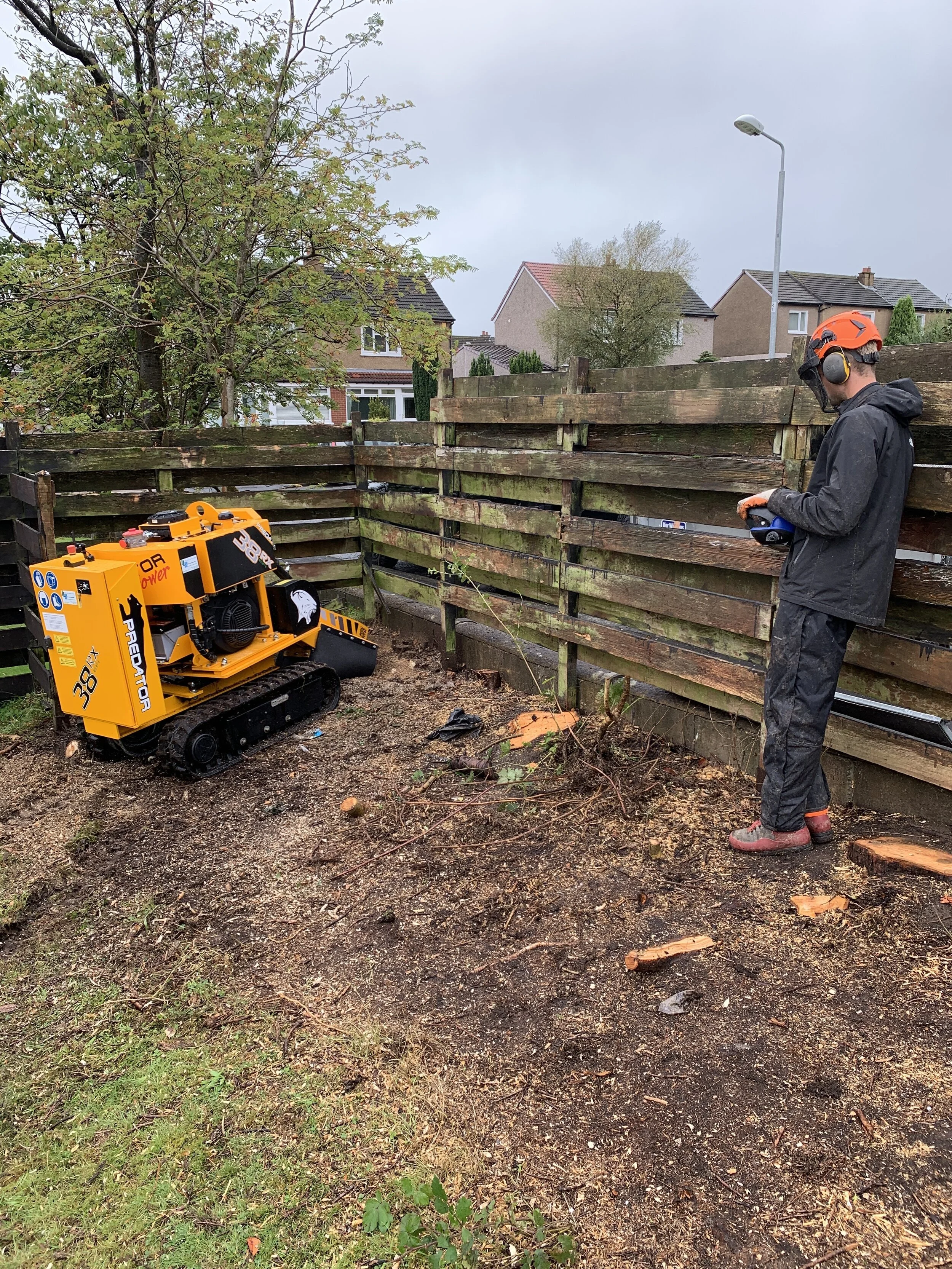TREE SURGEON GLASGOW BLOG
Stay up to date with the latest news here at The Glasgow Tree Surgeon
Tree Pruning Glasgow
Tree pruning and tree maintenance can be necessary to maintain a tree in a safe condition, to remove dead branches, to promote growth, to regulate size and shape or to improve the quality of flowers, fruit or timber. Improper pruning can lead to trees becoming unsightly, diseased and/or potentially dangerous.
Top tips to remove tree stumps in Glasgow
If you are needing to remove stumps, you have a few choices. You can manually dig out the remnants, use a stump grinder machine, or try a chemical stump remover. Each option will get the desired result but in very different ways and on different budgets and timelines.
Things to look for in a tree surgeon before you book
Finding an excellent and top-notch tree service company would make you avoid costly repairs, illegal and dangerous mistakes.
Should I hire professional tree service or do it myself?
The taller the tree and the more enclosed the space, the more complex and dangerous it will be to remove it or manage it.
5 Top Tips To Keep Your Trees Healthy
People should prioritise tree health as it is essential for our planet, your home value and the local wildlife. Today, you don't need to be an eco-warrior to understand that trees absorb the carbon dioxide that causes problems through photosynthesis. Healthy trees will result in a healthy-looking front or back garden for your neighbours to envy. Anyway, before we get started with the tips..... let’s cover some basic tree information.
What Is Tree Pollarding And Can It Help
Tree pollarding is the process of removing most of the branches from a tree, taking the cuts right back to a main knuckle or the trunk of a tree. Normally a service we perform on younger trees over mature trees, the process is usually carried out every year or two to ensure the tree doesn’t outgrow its surroundings. Ideally, tree pollarding should be done in late winter to early spring, but really it can be done all summer. We avoid pollarding in the autumn as there’s a higher chance of decay and rot getting into the cuts as the trees have stopped growing and the weather is damp and cold.










